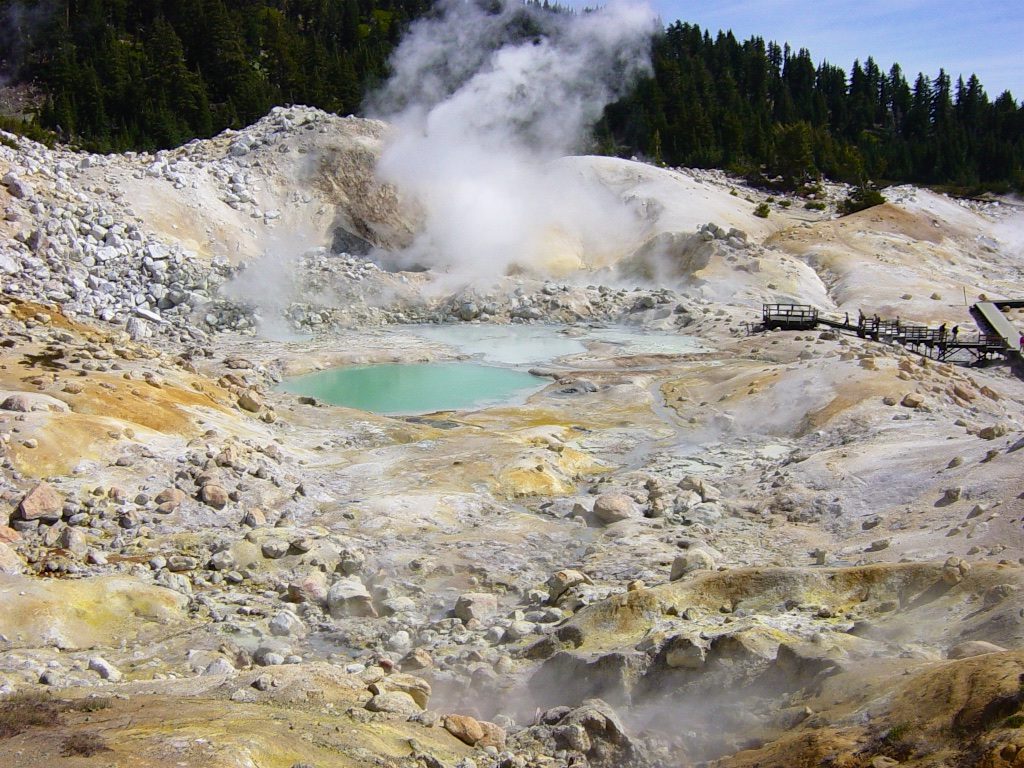ESMAP Report – methods of risk mitigation with cost-shared drilling
This is part two of four excerpted from The World Bank’s Energy Sector Management Assistance Program covering the Comparative Analysis of Approaches to Geothermal Resource Risk Mitigation.
This is part two of four excerpted from The World Bank’s Energy Sector Management Assistance Program covering the Comparative Analysis of Approaches to Geothermal Resource Risk Mitigation. The focus of this overview will be risk mitigation of developing geothermal energy with “Cost-Shared Drilling.”
As discussed in the previous entry with the focus of Government as Developer, the initial costs of surface reconnaissance and exploration drilling are where risks and costs are the highest. Governments certainly can, and sometimes are the only entities capable, of taking on the full expense and exposure of these initial costs. However, there are other schemes that can improve the overall feasibility and profitability of a project while incentivizing geothermal developers to accept some risks as well.
Cost-shared drilling has successfully raised private investment and reduced resource risk in several countries. This method has mobilized risk capital towards geothermal exploration and resource confirmation in cases where government seeks to involve the private sector. As outlined in the ESMAP report, cost-sharing drilling generally takes one of the two following forms:
- Exploration drilling that is cost-shared between the public and the private sector. In this situation, the government will assist by providing a portion of the risk capital that is required for the high-cost early stage exploration. The aim of this is to leverage the remaining funds from private sources on the basis of a developer’s reduced exposure to project failure from resource risks.
- Government-led exploration drilling to facilitate later private project development. In this case, government agencies may conduct the publicly funded surface reconnaissance and exploration drilling to reduce resource risk, thus facilitating the entrance of private companies to develop the remainder of the project, such as the well field, power plant construction and operation.
The government will typically provide cost-sharing incentives through grants to encourage participation from the private sector. The idea is that the government and the private developer will share in the risk if the project should fail, but at the same time increase the incentives of both parties to make the project successful.
Cost sharing within geothermal was first implemented successfully in Japan, and was a significant catalyst for geothermal energy’s success there. The main benefit of cost-sharing was that it greatly accelerated development within the sector. Cost-sharing has been used widely, and has been use in: Costa Rica, El Salvador, Guatemala, Nicaragua, Indonesia, the Philippines, New Zealand, United States, Turkey, Kenya, and Australia.
There are many benefits of a cost-sharing strategy, both for those governments and private companies involved, as well as the public. As mentioned previously, this method can accelerate development and increase the availability of funds for risk capital for exploration activities. Geothermal projects are considered that perhaps under Government as Developer would have been sidelined. Moreover, the public, in contrast to those projects that are fully funded by the government, frequently view these types of projects more favorably.
Naturally, there are some disadvantages to this strategy; there will be projects that will not be viable for full-scale development regardless of public funding. Plus, the upfront public funding will not ever be recoverable – which may possibly lead to the public perception that cost-shared drilling is giving tax payer funded “hand-outs” to the private companies involved. Some funding may be recovered in a contract that requires successful projects repay the government’s cost sharing outlays. To date, repayment in the case of failed projects has not been required. There are mechanisms, such as revolving funds to be replenished by payback for successful wells and projects that may be implemented.
Overall, this mix of the public and private sectors to advance geothermal development has been successful around the world. Not only do governments save money through this type of funding mechanism, but it encourages private companies to venture into areas they may otherwise have ignored. Additionally, with this more “secure” funding, private companies may be more inclined to innovate new technologies to make their efforts more profitable and geothermal energy more viable around the world.
Source: World Bank Group, ESMAP, Washington, DC, worldbank.org March 2016.


















